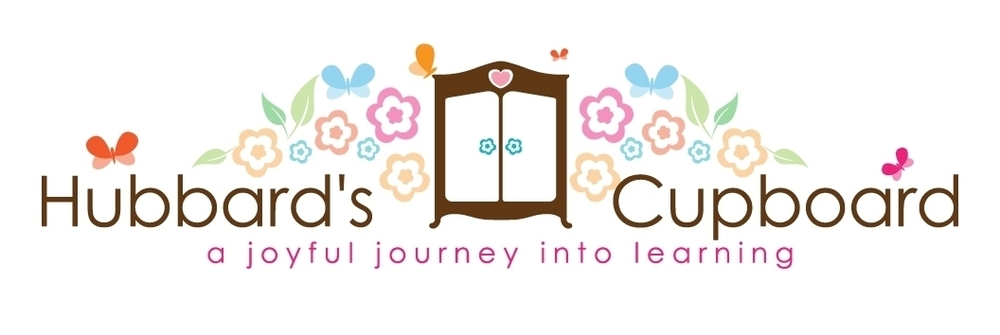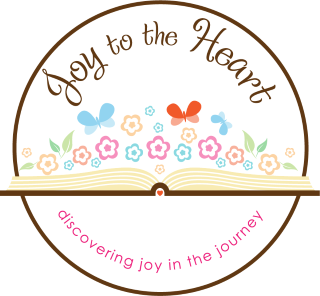Math Related
Individual Student Made Books
Orange is a Carrot (A Color Book)
What is Purple?
I See Colors (A Rainbow Book)
My 100 Stamp Book
Foot Book
One Potato, Two Potato
These books were all ideas shared by Kim Lenging. If you have any questions regarding the booklets, please contact her at lengning@adelphia.net .
Orange is a Carrot
( A Color Book)
This color book uses the text from the McCracken book, "Orange is a Carrot". It is available in poster form, and the students enjoy 'reading' their own book form.
The Pages:
Each page is embellished with an appropriate clipart which the students color.
1) Orange is a carrot.
2) Yellow is a pear.
3) Purple is a plum.
4) And brown is a bear.
5) Green is the grass.
6) Blue is the sky.
7) Black is a friendly cat.
8) And red is cherry pie!
The Cover:
The front and back cover is a fat carrot shape cut from the 18 inch length of two pieces of orange construction paper. The green carrot tops are teeny, skinny, little scraps glued onto the fat end of the carrot. When you open the carrot cover, the pages are revealed, stapled underneath the fat portion of the carrot. The pages may need to be trimmed a bit so they don't show outside the cover. The words, "Orange is a Carrot" are cut apart and glued onto the carrot cover.
What is Purple?
This is a good book for reviewing colors and shapes. This is merely a framework for you, as you may substitute anything you want for the clipart or the cut and paste portion. Variations on this book include making a book for each color (What is Orange?) and using clipart instead of shapes (This pumpkin is orange.).
The Pages:
If using shapes, they may be duplicated onto the appropriate colored paper and cut and glued by the students, or they may be drawn and colored/markered/painted/collaged by the students. The text is sentence strips cut apart and glued under the shape.
1) This triangle is purple. (or) This carrot is orange.
2) This circle is purple. (or) This orange is orange.
3) This square is purple. (or) This pumpkin is orange.
4) This oval is purple. (or) This crayon is orange.
5) This rectangle is purple. (or) This cat is orange.
6) This star is purple. (or) This shirt is orange.
7) But, this hexagon is yellow! (or) But, this snake is NOT orange!
The Cover:
Use a 12x18 sheet of construction paper of the appropriate color, cut lengthwise (6x18) and folded in half. The pages are stapled inside. The title words are glued on, and perhaps some matching clipart.
I See Colors
(A Rainbow Book)
This is a VERY popular layered book. You will need brightly colored construction paper of each rainbow color (red, orange, yellow, green, blue, and purple). You will also need a neutral color like white or manila for the cover.
This uses a lot of construction paper. Save the scraps for various other projects.
The Pages:
Begin with the 12x18 sheets of construction paper and cut them lengthwise to 6x18. The only page to remain this size is the purple one. The rest of the pages, working backwards in "rainbow order", will be progressively shorter so that your end result is a layered book with all of the rainbow colors showing on the edge. The text is very simple. Words are cut apart from the sentence strip and glued with a glue stick to each page. You could draw a colored line under each color word as a clue, or you could use your color printer to print the color words. The students are given six 4x4 white square papers on which they draw objects that represent each color. These squares with pictures are glued on the appropriate page, keeping them away from the right edge so as not to interrupt the 'rainbow effect' of the edge of the book.
Precut the following for each book:
Purple: 6x18
Blue: 6x17
Green: 6x16
Yellow: 6x15
Orange: 6x14
Red: 6x13
White: 4x4 (6 pieces)
White Cover: 6x12
1) I see purple.
2) I see blue.
3) I see green.
4) I see yellow.
5) I see orange
6) I see red.
The Cover:
The students draw an arch on the cover, and then glue small bits of red construction paper on the arch. A rainbow is completed by gluing other colors under the arch in the correct order, making a mosaic rainbow.
My 100 Stamp Book
This is a great book to make in celebration of the 100th Day of School. The text for this book is very flexible, because you simply match it to the rubber stamps you have available. Once the book is completed, it is important that a teacher or parent sit with the student and have him/her "verify" the total number of stamps. They turn each page and count by tens until they reach 100. This way, the student has counted individual stamps as each page was created, and quickly counted by tens under adult supervision.
The Pages:
1. Here are ten frogs.
2. Here are ten fish.
3. Here are ten ladybugs.
4. Here are ten spiders.
5. Here are ten hearts.
6. Here are ten snowflakes.
7. Here are ten penguins.
8. Here are ten bears.
9. Here are ten carrots.
10. Here are ten chicks.
The Cover:
The cover can be decorated with Ellison die-cut numerals "100", or with the stamps from the activity . Also, the title, My 100 Stamps Book, can be cut around with fancy-edged scissors and glued on. This book does not have a marker.
Foot Book
To prepare for this book, you will need one sheet of white bond or construction paper for each child, pre-labeled with the student's name.
Set up an area for making footprints. Of course, outside in the grass with a hose is ideal.....but not always possible! Sitting the child on a chair, paint the bottom of one foot black. (This does tickle, so be prepared!) Lay the pre-labeled paper on the ground and instruct the student to stand up on the paper to create a footprint. Help the student clean up.
After the entire class has made a footprint, you will need to prepare a second set of clean, white, pre-labeled (on the back), bond paper to create the master copies for the book. Cut around the black footprints and affix to the new paper in the middle using a gluestick. With the child's name on the back, you know whose foot is whose.
The Pages:
If wanted for future use, use a copier to copy the footprints so that you have a set of them to use for various measurement activities.
Create some sentence strip frames that will say something like,
"_________'s foot is _________cubes long." OR
"How long is _____________'s foot? It is __________ cubes long."
It is MUCH easier if you create the sentence using each child's name on your word processor, such as, "Marissa's foot is _________ cubes long."
Also reproduce a number of unifix trains and put a strip across the top of the page (more cubes than will be needed.) The students measure the footprint with cubes, count and color that many squares in the train, and write the number on the appropriate blank.
There are different ways to complete the book. One way, is that each student has a book, so each student must measure 24 or so feet. It has been found that the high achievers of the class can do this at a center in one or two days, the middle students take several days, and the lower students seem to never get done! (You could require that everyone completes 2 pages a day, then the book would be completed in about two weeks.)Another way is to have each child complete his own page on the master copy, and then make copies of the completed pages for the classmates. And yet another way, copy 4-5 blank footprint pages for each student, giving them a 5 page mini-footbook to measure, color, label, and take home. Then, with each student completing his own page on the master, make just one copy for a classbook.
The Cover:
The cover can be made by using footprint stamps, or having the students paint the side of their closed fist, blotting it on the cover, and adding little dot toes with their finger.
One Potato, Two Potato
This is a potato-shaped book! For illustrations, the students could draw or cut little brown potatoes to match the text. They also could "potato stamp" using an actual potato. The only problem with this idea is that you would have many pages spread out to facilitate drying.
The Pages:
1) One potato
2) Two potato
3) Three potato
4) Four
5) Five potato
6) Six potato
7) Seven potato
8) More!
The Cover:
The cover is a sheet of 9x12 brown construction paper cut into the shapes of two potatoes. The front and back cover fit on one sheet of brown paper. The covers and the pages are run off on a duplicator. The title is on a sentence strip which the students cut and glue on the front. Because of the potato shape, the pages must be cut out. Since this involves the cutting of 10 pages, you might want to extend this activity to a couple of days. The marker is a popsicle stick with a little potato painted or glued on.








